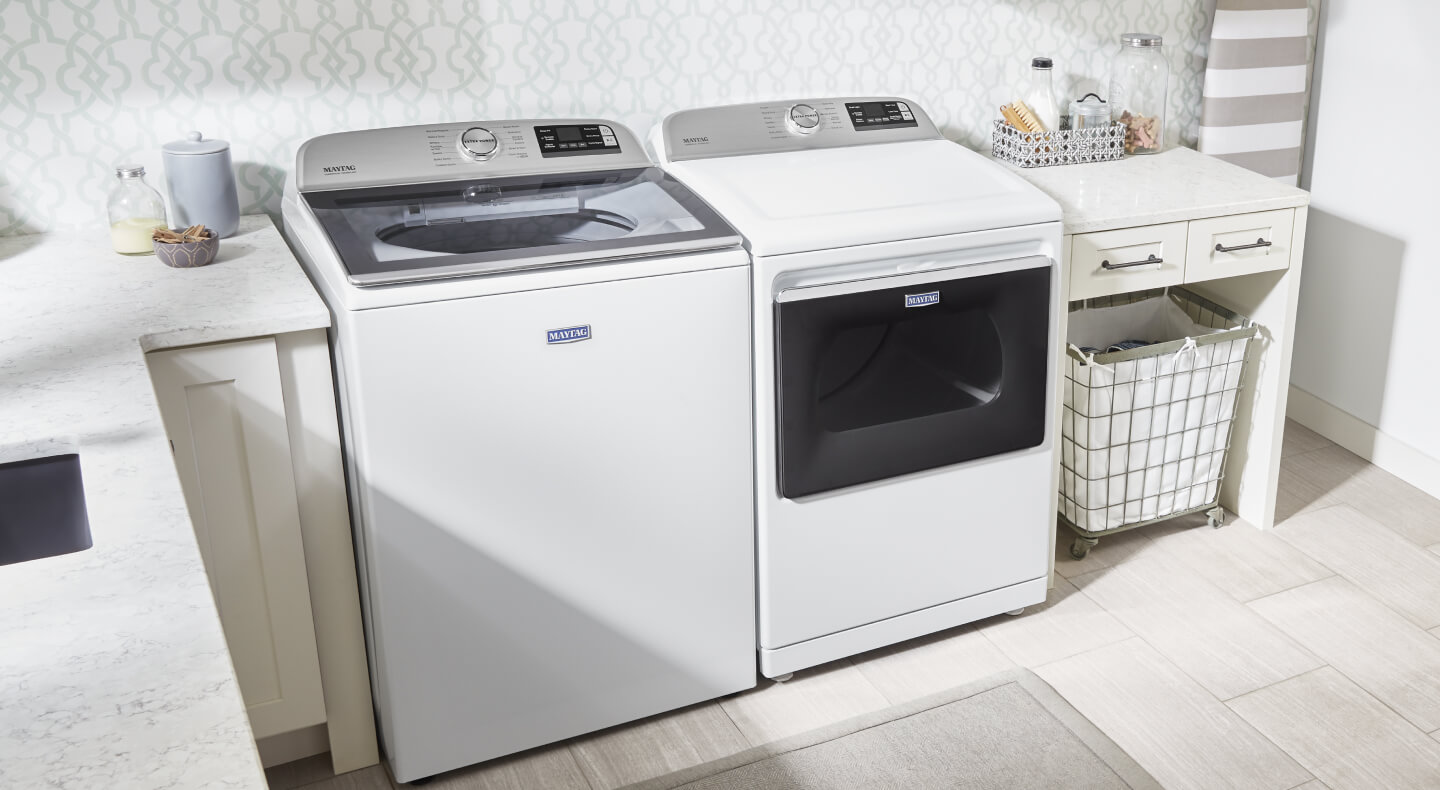
HOW TO CHOOSE HOT OR COLD WATER FOR STAINS?
There’s no question that trying to remove stains from clothes can be a frustrating experience, especially when trying to choose what water temperature to use. Temperature selection will depend on which kind of stain you’re fighting and the type of item you’re washing.
Some stains dissolve best in hot water and others in cold. Some stains require both cold and hot water. Learn what water temperature to use for which stains with this infographic.
MATCH THE STAIN TO THE WASH TEMP
Find out if you need cold or hot water, or both, for common stains like these.
THESE NEED COLD WATER
-

Blood
-

Toothpaste
THESE NEED HOT WATER
-

Lipstick
-

Grass
-

Oil
-

Grease
THESE NEED COLD THEN HOT
-

Red Wine
-

Mud
-

Perspiration
-

Coffee
-

Berries
-

Spaghetti Sauce
-

Chocolate
-

Baby Food
-

Tomato
Why Does Hot or Cold Water Matter for Stain Removal?
Hot water can set some stains into fabric but can dissolve others, depending on the stain’s composition. Although some stains respond best to a rinse or soak in cold water followed by a wash cycle in warm or hot, this isn’t always the case. See this guide about pretreating and removing different stains.
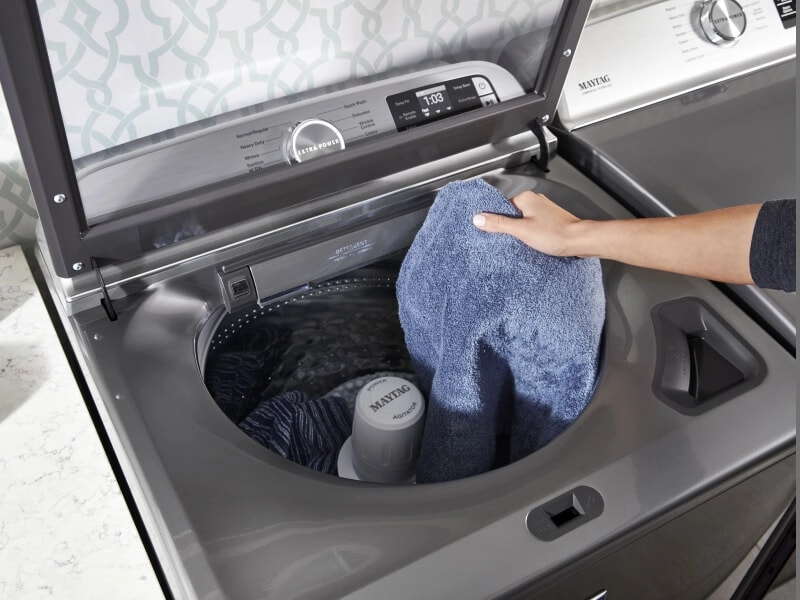
WHEN TO USE COLD WATER TO REMOVE STAINS
Cold water may be the best first step to help remove certain stains. The guidelines below should be adjusted per the care instructions on your item’s care tag.

Blood
Blood stains require cold water to clean. Start by flushing the stain in cold water, then soaking it with an enzyme detergent for 30 minutes. If the stain remains, apply detergent directly to the stain and wash it in cold water with an oxygen bleach.

Berry
Berry stains come out of clothing with both hot and cold water. Start by using cold water to flush as much of the stain away as you can. After applying an enzyme detergent to the stain and letting it sit, wash the garment in hot water or the warmest setting recommended on the care tag to help remove the stain. Learn more about how to remove blueberry stains from clothes.

Coffee
Coffee stains can be confounding, especially for fervent coffee drinkers. To help get them out, try using cold water to remove what you can of the stain, then apply an enzyme detergent. Once you let that sit, wash the garment in hot water or the warmest setting recommended on the care tag to help remove the rest of the stain.
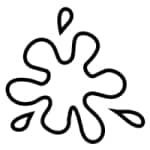
Mud
Getting a mud stain out of your clothing is a two-step process. Start by scraping as much mud as you can off your clothing, then wash the garment in cold water. Next, apply an enzyme detergent and wash the garment again in hot water or the warmest setting recommended on the care tag to help remove the stain.

Red Wine
To try to remove a red wine stain, begin by flushing it with cold water, then apply an enzyme detergent and let it sit. After a few minutes, wash it in hot water or the warmest setting recommended on the care tag, adding oxygen bleach for white cottons.
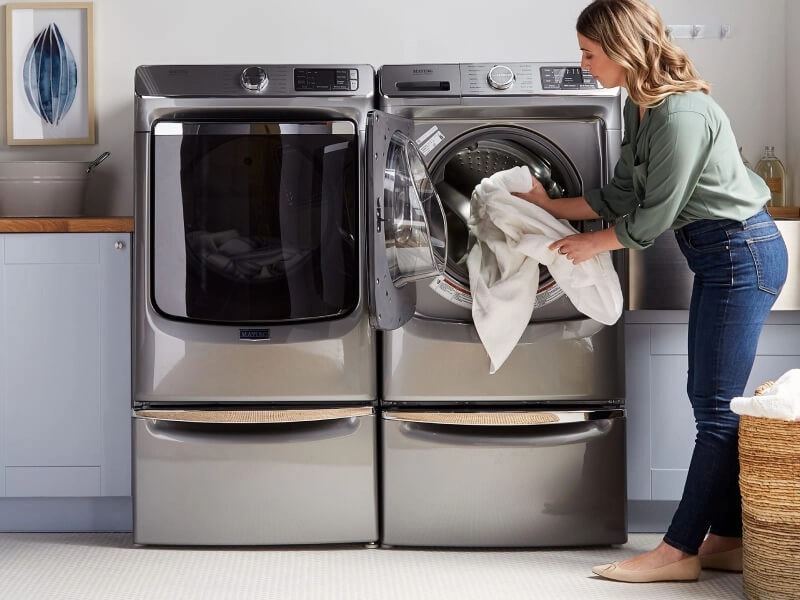
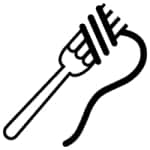
TOMATO OR KETCHUP
When attempting to remove a tomato or ketchup stain, make sure you do not use hot water as this could set the stain. Instead, use cold water to flush it, then gently rub enzyme detergent into the stain and let it sit for five minutes. Finish by rinsing the stain in hot water or the warmest setting recommended on the care tag.

Chocolate
Chocolate stains can often be removed by gently scraping away excess chocolate with a spoon or dull knife, then rinsing the stain from the back of the fabric with cold water. Next, soak the item in cold water with an enzyme-based detergent (for delicate fabrics, use a mild detergent mixed with cold water and gently squeeze the solution through the fabric). Finally, apply detergent directly to the stain and launder the garment in the warmest water safe for the material.
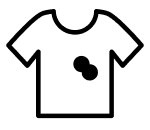
Hair Dye
To help remove hair dye from clothing, gently lift any excess product with a dull knife or soft toothbrush, then rinse the stain under cold water. Apply liquid laundry detergent directly to the stain and work it into the fabric with a toothbrush. Wash the garment in the machine and let it air dry.
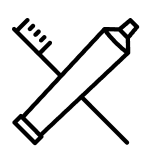
Toothpaste
To help remove toothpaste from clothing, use a butter knife to gently scrape off any toothpaste, then blot the area with a damp cloth. Soak the stain in cool water, lightly rubbing the fabric to loosen it. If the mark remains, wash the garment in cool or warm water, and allow it to air dry.

WHEN TO USE WARM OR HOT WATER TO REMOVE STAINS
Warm or hot water can often help to remove stains. Read on to discover the stains that may respond best to warm or hot water. Again, always remember to defer to your care tags in each situation.
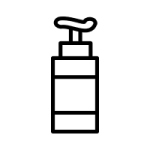
Oil
Oil stains are tricky because they do not act like other stains as they can continue to spread on your clothing. To try to combat this, remove as much of the oil as you can by blotting gently with a paper towel, then pretreat the garment with enzyme detergent and allow it to sit for 10 minutes. When 10 minutes is up, wash your clothing in hot water or the warmest setting recommended on the care tag.
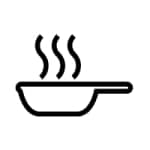
Grease
When combating grease stains, the faster you act, the easier they are to remove. As soon as you identify a grease stain, you will want to rub enzyme detergent into the stain and let it sit for 10 minutes. Once the time has elapsed, machine wash your garment in hot water or the warmest setting recommended on the care tag to help remove the stain.

Grass
In the case of a grass stain, rub an enzyme detergent directly on the stain, then wash it in hot water or the warmest setting recommended on the care tag (without removing the detergent). Repeat this process until the stain has been fully removed.
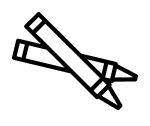
Crayon
If your kids’ craft sessions tend to leave crayon marks on their clothes, a few simple steps might help remove them. Start by applying liquid dish soap directly to the stain and gently scrubbing it with a clean toothbrush. Let it sit for a few minutes, then rub the fabric together under warm running water to rinse away the soap. Finish by machine washing on a heavy soil setting and line drying.
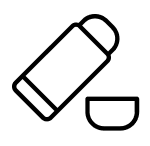
Deodorant
To tackle deodorant stains, mix a solution of equal parts baking soda, hydrogen peroxide and tap water. Soak the stained area in very warm or hot water, then use a toothbrush to apply the solution and work it into the fabric. Let it sit for about 20 minutes before machine washing on the warmest setting allowed by the care label. Line dry, and repeat the process, if needed. Always check stain fighting solutions on a hidden area of the garment first, to make sure your fabric can handle it.
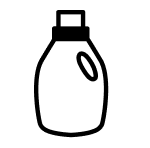
Detergent
To help remove detergent stains, begin by soaking the item in the warmest water permitted by its care label. Apply an enzyme-based or oxygen-based pretreatment directly to the stain and gently work it in with a clean cloth. Allow it to sit for about 10 minutes, then rinse thoroughly and machine wash. Air dry the garment, and repeat the process if the stain remains.
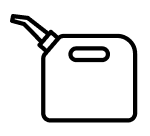
Gasoline
Gas odors and stains can be stubborn. To treat gas stains, start by blotting the area with a paper towel, then sprinkle baking soda generously over the spot. Let it sit for 24 hours to help absorb the residue, then rinse with water. Apply a stain remover and allow it to set for 10 minutes before soaking the garment in warm water for at least 30 minutes. Rinse thoroughly, then hand wash and air dry.
Important: Clothing that has come into contact with flammable substances should never go in the washer or dryer. Always remove gasoline stains by hand. Even if the stain appears gone, continue to treat this garment as hand-wash-only in the future, as it can be difficult to know if all traces of gasoline have been removed.
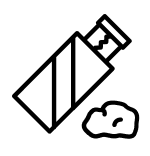
Gum
Getting gum on your clothing can be a sticky situation. There are several ways to help remove gum. One method is to rub ice over the gum to harden it, then gently lift it away using a butter knife or the edge of a spoon. Once all traces of gum and residue are gone, launder the garment in the warmest water deemed safe for the fabric.

Ink
Before treating ink stains, first test this method on an inconspicuous area of the garment to ensure the fabric won’t be damaged. Place a paper towel over the stain, then—working from the back of the fabric—carefully drip rubbing alcohol or hair spray onto the paper towel. This may help draw the ink out. Blot with the paper towel to help absorb both the stain and liquid. Repeat as needed until the stain disappears. Finally, apply detergent and wash the garment in the warmest water recommended on its care label.
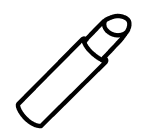
Lipstick
Before treating a lipstick stain, check the garment’s care label for fabric-specific instructions. Gently lift any excess lipstick with a dull knife or the edge of a credit card, then apply dish soap directly to the stain. Avoid scrubbing—let the soap sit for 30 minutes. Next, soak the item in warm water mixed with dish soap for at least an hour. Using a soft-bristle brush, gently work on the stain from the outside toward the center. Rinse thoroughly to remove all suds, machine wash as directed and air dry. Repeat if necessary.
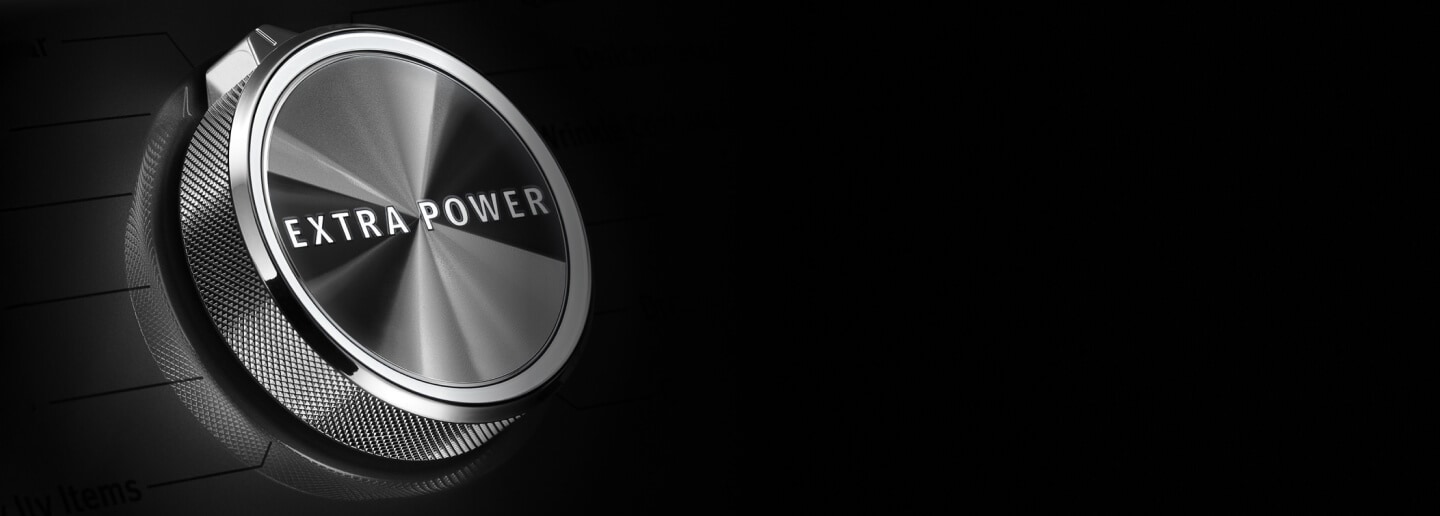
Extra Power
BOOST STAIN FIGHTING ON ANY WASH CYCLE
Maytag® washers with Extra Power give clothes an intense pre-wash and extra agitation to help wash stains away
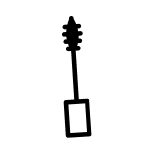
Makeup
To treat stains from other makeup products, start by using the edge of a spoon or a credit card to gently lift away any excess. For powders, lightly shake or blow on the fabric to remove loose particles. Apply liquid laundry detergent directly to the spot, making sure the stain is fully saturated, and blot with a clean cloth or paper towel. Let the detergent work for about 10 minutes, then wash by hand or in the machine using the warmest water safe for the fabric. Air dry and repeat if needed.
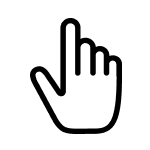
Nail Polish
At-home manicures and pedicures can save money, but sometimes can leave behind stubborn nail polish stains. To treat them, start by carefully scraping away any excess polish with a dull knife. Then, apply a nonflammable, oil-based soap directly to the spot and gently work it in using a cotton swab. Rinse with the warmest water the garment’s care label allows, then air dry.
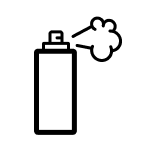
Paint
If paint gets on your clothes, start by gently scraping away any excess with a dull knife, then rinse the spot with warm water. Apply a small amount of dish soap directly to the stain and work it into a lather. Using a clean cloth or sponge, scrub the area, rinse, and repeat until both the paint and soap are gone. Finish by machine washing as usual and line drying.

Permanent marker
Permanent marker stains aren’t always as lasting as their name suggests. You can often lighten or help remove them using a mixture of white vinegar and water. Soak the stained fabric in the solution, then gently blot with a clean cloth or sponge—avoiding any rubbing. Rinse thoroughly to remove all traces of vinegar, then wash as usual and air dry. Vinegar should never be placed directly into your washer and should not be used on delicate fabrics or fabrics with elastic.
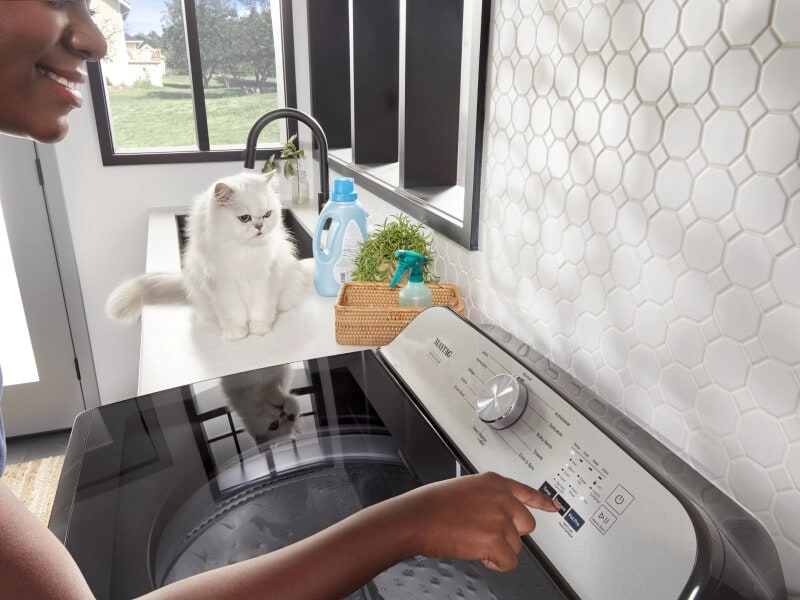
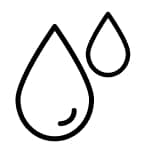
Sweat
Sweat stains can be stubborn, but you can successfully treat sweat stains even after they’ve dried—though addressing them promptly helps prevent the stain from embedding deeper into the fabric. To help remove set-in sweat marks, soak the garment in a mixture of white vinegar and water, then apply a paste made from baking soda, salt and hydrogen peroxide to the stained area. Let it sit, scrub gently with an old toothbrush and finish by rinsing it thoroughly before machine washing in the hottest water safe for the fabric. Vinegar should never be placed directly into your washer and should not be used on delicate fabrics or fabrics with elastic.
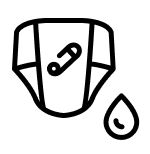
Urine
If you have pets or young children, accidents are bound to happen. To help remove urine stains from fabrics, mix warm water with baking soda and soak the item for 15 minutes. Rinse thoroughly, then wash according to the care tag instructions. Air dry and repeat the process if any stain remains.

Wax
Before treating a wax stain, let the wax dry completely—working with wet wax will only cause it to smear and spread. Once dry, gently scrape off as much as possible using a spoon or butter knife. Place the stained section face down on a white paper towel, with another paper towel on top, and press with a warm iron to help draw any wax out of the garment. Follow by applying a stain remover to any remaining residue. Soak the fabric for at least an hour in the warmest water allowed by the care label, then rinse thoroughly. Finish by machine washing on a heavy soil setting and air drying.
SHOP MAYTAG® WASHERS WITH DUAL-TEMPERATURE WASH
The Extra Power Button by Maytag brand boosts stain fighting on any wash cycle with an intense pre-wash, dual-temperature wash, and extra agitation so you can walk away while stains wash away.
Do You Wash Whites in Hot or Cold Water?
When washing whites, removing dirt and stains is important. Because fading the color of the fabric isn’t a concern, it’s often ideal to wash your white clothing in warm water. Warm water can effectively brighten clothes that have turned yellow by helping to remove stains, thereby keeping white clothes white. Learn more about how to remove stains from white clothes.
DO YOU WASH COLORS IN HOT OR COLD WATER?
When washing colors, it is usually best to wash them in cold water. This is because colorful clothes contain dyes that can bleed to other clothes in hot water. If you want to protect the integrity of your colors—and not end up with a tie-dye surprise—washing in cold water is typically a good idea.
Find Your Next Maytag® Washer
Sometimes, you need extra power for your washing. When that happens, it's best to turn to Maytag® front and top load washers for powerful cleaning. With features on select models like dual-temperature wash and the Extra Power Button, you're getting dependability, power and performance you can count on.
Was this article helpful? Pass it on
EXPLORE MORE WITH MAYTAG BRAND
MATCH THE STAIN TO THE WASH TEMP
Find out if you need cold or hot water, or both, for common stains like these.
THESE NEED COLD WATER
-

Blood
-

Toothpaste
THESE NEED HOT WATER
-

Lipstick
-

Grass
-

Oil
-

Grease
THESE NEED COLD THEN HOT
-

Red Wine
-

Mud
-

Perspiration
-

Coffee
-

Berries
-

Spaghetti Sauce
-

Chocolate
-

Baby Food
-

Tomato


